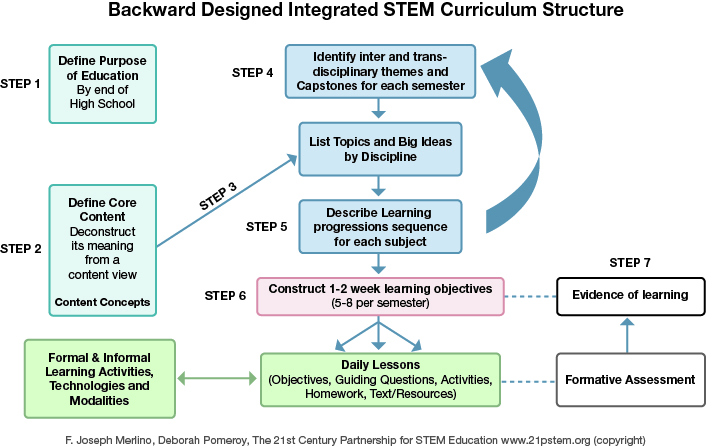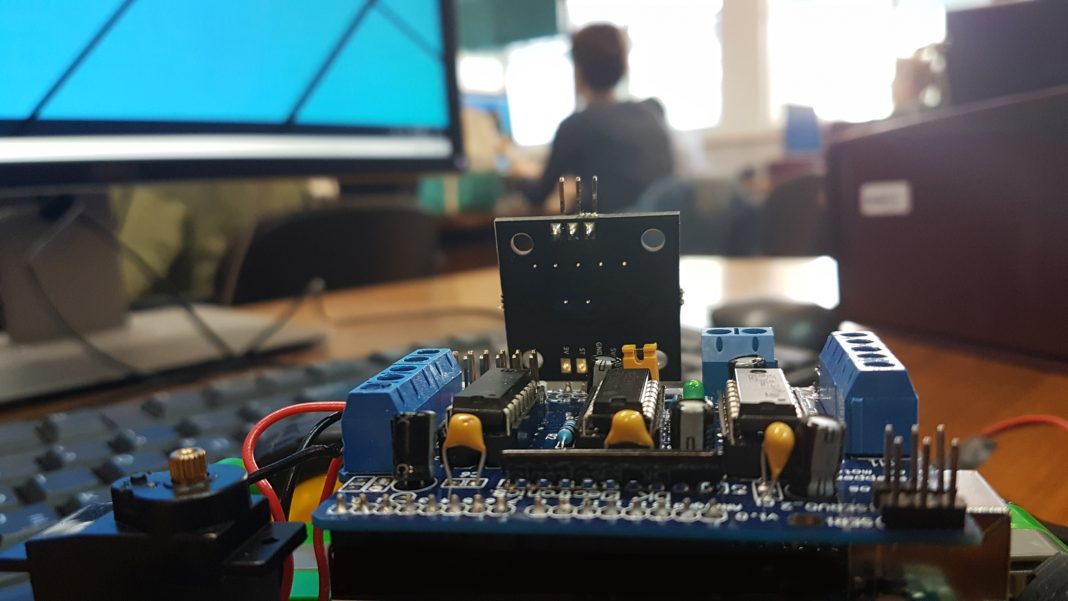Mr. F. Joseph Merlino, President of the 21st Century Partnership for STEM Education, underlines the importance of preparing future problem solvers
Life is full of problems, at all levels, of various sizes, of greater or lesser importance, of different spans of time, in all domains. To be sure, the grand global problems we know about threaten the extinction of the human species: climate change, droughts, famine, rising sea levels, pandemics, nuclear wars, and errant asteroids. But what about those in the future we don’t know about yet? How do we prepare the current and next generation of children and adolescents to address the problems we know and those unforeseen? At the more personal level, ordinary people try to survive what at times seem like a daily onslaught of problems at home and at work: the car won’t start, the baby has a fever, mother took a fall, a family member dies, there are no affordable flats, job stress, interpersonal work conflicts, and so on. STEM helps us to prepare future problem solvers to deal with these everyday crises.
Children in the twenty-first century are growing up enmeshed within global economic and social systems of ever greater complexity infused with an ever-increasing volume, variety, and velocity of data. The worldwide production of peer-reviewed science and engineering research journal articles grew from 1.8 million in 2008 to 2.6 million in 2018, nearly 4% per year. (1) Then, there are innumerable media outlet messages and the overwhelming posts of approximately 4.7 billion social media users worldwide. If only all messages and posts were truthful and accurate. Sadly, misinformation and active disinformation are rampant.
Adding to people’s problems is their inability to tell the difference
In the most extensive study of its kind on critical thinking applied to digital social media content, 3,446 high school students completed six online tasks that asked them to determine the difference between authentic and fake information. Nearly all students struggled. More than half of the students believed a fake Facebook video provided “strong” evidence of voter fraud. Only three students tracked down the source of the video, a BBC News video showing that the people of Russia – not the United States – were committing voter fraud. 96% were ignorant about a climate change website’s connection to the fossil fuel industry. Most students accepted accurate information from websites based on the site’s appearance or the content of its “About” page. Less than 10% were able to critically evaluate information by checking its source, seeking corroboration from reliable sources, or questioning the logic of the information. Two-thirds were not able to recognise the difference between news stories and ads on a website. (2)
Twentieth-century schooling seems overmatched to adequately prepare students for the problems they will face navigating the twenty-first century’s complex systems and information swamps. Even college can be a problem. Most students expect to attend college to get a better-paying job. But economic analysts at the Federal Reserve Bank of New York have found that nearly two in five college graduates are working in jobs that do not require a college degree. And only about a quarter are working in a job related to their college major. (3)
These studies suggest there is an urgent need to take a different approach to education
We need curricula that have a clear purpose, invite meaningful inquiry, encourage persistence for future problem solvers, allow for initial failure, promote collaboration, and develop flexible, adaptive thinking. The content learned is more about analysing vital systems and synthesising information from multiple sources than memorising facts and procedures.
In 2012, USAID-Egypt awarded a $30M grant to a consortium of U.S. partners including 21PSTEM, to design an integrated Science, Technology, Engineering, and Mathematics (STEM) high school curriculum based on Egypt’s eleven “Grand Challenges” as a model for broader educational reform. The process we used is shown below.
The Egyptian integrated curriculum features five semester-long Capstone projects involving a Design Challenge based on one or more Grand Challenges. The Capstones count for 60% of a student’s course grade. The traditional highstakes graduation exams have been replaced with a mix of practical assessments, capstones, and tests of conceptual understanding. These Egyptian STEM school students have won many international science and math competitions and gone on to enroll in highly selective U.S., European and Egyptian universities. Inspired by the success of these Grand Challenges project-based STEM schools, the Egyptian Ministry has initiated an Education 2.0 curriculum in the primary grades k-4. 21PSTEM was awarded a $24M USAID contract to develop 180 new graduate and undergraduate STEM teacher preparation courses in five Egyptian universities for five majors and expand the STEM schools to 27.

Integrated curriculum to transcend geographical boundaries
In Bosnia-Herzegovina, we worked with Save the Children and the University of Sarajevo to develop a new K-13 “Knowledge-Based Economy” integrated curriculum covering ten economic sectors. The purpose of the curriculum is to transcend geographical boundaries in this sharply divided war-torn region by focusing on jobs in industries where knowledge infusion adds market value, from agriculture to energy production and distribution to transportation and finance.
Next, we worked with an international team sponsored by the International Bureau of Education at UNESCO to create a k-12 curriculum to reflect “future competencies” around the UN’s 2030 Agenda for Sustainable Development and Industry 4.0. Interested individuals can access the Mektebim School Competence-Based STEM Curriculum online via this link: https://mektebim.21pstem.org/users/sign_in
These three international reform projects demonstrate that designing engaging, relevant, and purpose-driven integrated instructional programs is not just possible but necessary. Such programs prepare students to address the emerging realities in the 21st century, while ensuring sufficient breadth and variety of authentic assessments necessary to certify readiness for higher education. For further information, please contact info@21pstem.org.
References
(1) National Science Board. Science & Engineering Indicators 2022.
Publications Output: U.S. Trends and International Comparisons. National Science Foundation NSB-2021-4 October 28, 2021, https://ncses.nsf.gov/pubs/nsb20214
(2) Breakstone, Joel., Smith, Mark., Wineburg, Sam., Rapaport, Arnie., Carle, Jill, Garland, Marshall., and Saavedra, Anna. (2021). Students’ Civic Online Reasoning: A National Portrait. Education Researcher, Vol. 50. No 8, pp. 505-515 2
(3) Abel, Jaison R., Deitz, Richard Agglomeration and Job Matching among College Graduates Federal Reserve Bank of New York Staff Reports, no. 587. December 2012; revised December 2014.

This work is licensed under Creative Commons Attribution-NonCommercial-NoDerivatives 4.0 International.


